High quality work in the image of the alternating assembly of pieces in gilded bronze with mercury and pieces in antique green patinated bronze as well as the carving of the decorations.
Model given in the literature as being that of the bronzier Claude Galle *
note that it lacks a bobèche and normal wear but remains in very good condition for candlesticks which are more than 2 centuries old.
delivery possible by chronopost with insurance and delivered against signature for:
France 30€
Europe 55€
Rest of the world 80€
*Claude Galle is one of the most eminent bronziers and foundry-chasers of the end of the Louis XVI period and the Empire.
In 1786 he became master founder. On the death of his father-in-law in 1788, Galle took over the management of the workshop, which became one of the largest in Paris, employing, at the height of its activity, nearly 400 craftsmen. Galle moved the studio first to Quai de la Monnaie (later Quai de l’Unité), then, in 1805, to 60 Rue Vivienne.
The crown furniture repository, under the direction of sculptor Jean Hauré from 1786-88, honored him with several orders. Galle worked with many remarkable craftsmen, such as Pierre-Philippe Thomire; he supplied the majority of the bronze furnishings for the Château de Fontainebleau during the Empire. He received numerous imperial commissions, for lights, clock boxes, and vases for the palaces of Saint-Cloud, the Trianons, the Tuileries, Compiègne, and Rambouillet. It supplies the Italian palaces of Monte Cavallo in Rome and Stupinigi near Turin.
Considered one of the most important bronzers of the end of the 18th century and the beginning of the 19th century, Claude Galle is today a reference for bronze in the neoclassical style.
It provides the imperial furniture storage, thus furnishing the castles of Compiègne and Fontainebleau. Retiring in 1813, he was replaced by his son Gérard-Jean. These objects, once very popular with the English and Russians, inspired bronzers such as Andrei Voronikhin (1759-1814) and Friedrich Bergenfeldt (1768-1822). He died in 1815 after having produced works that are the pride of major collections.


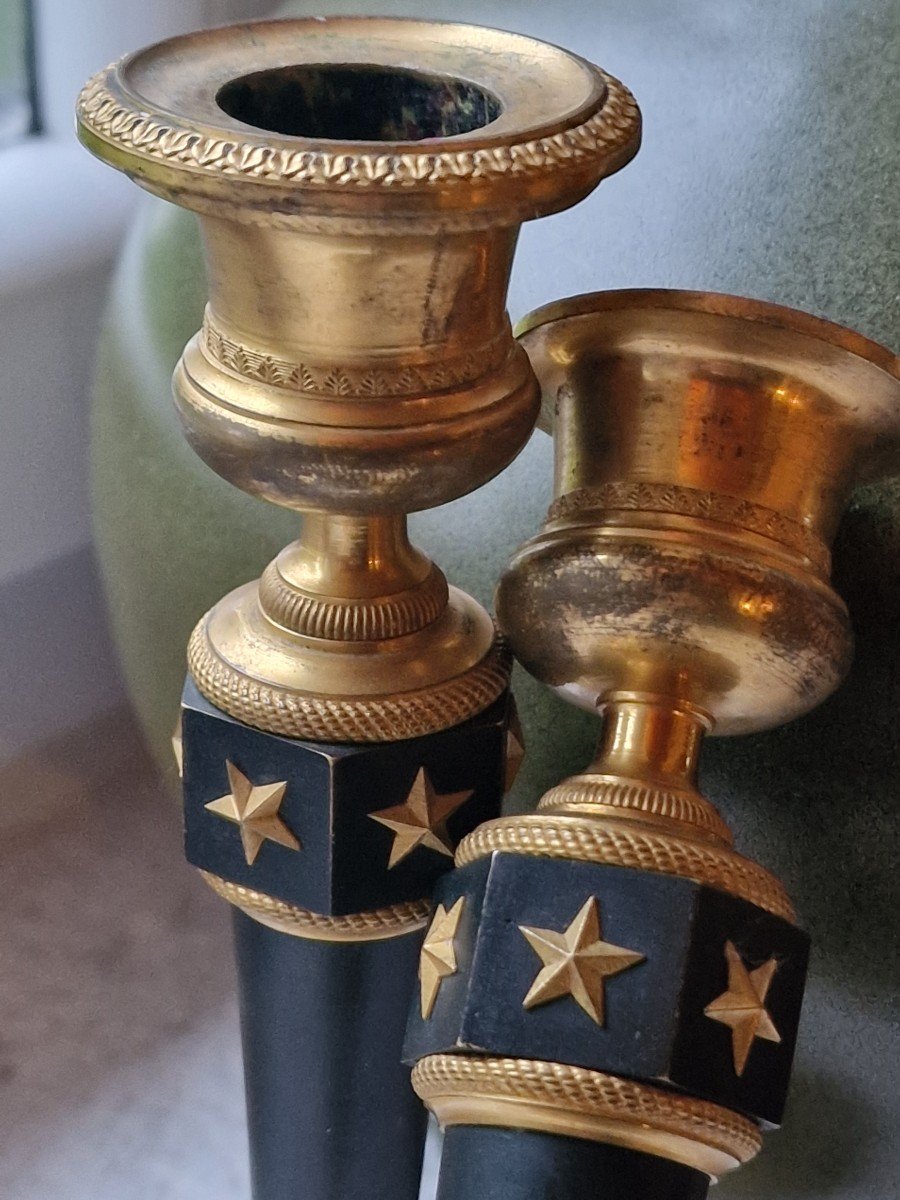
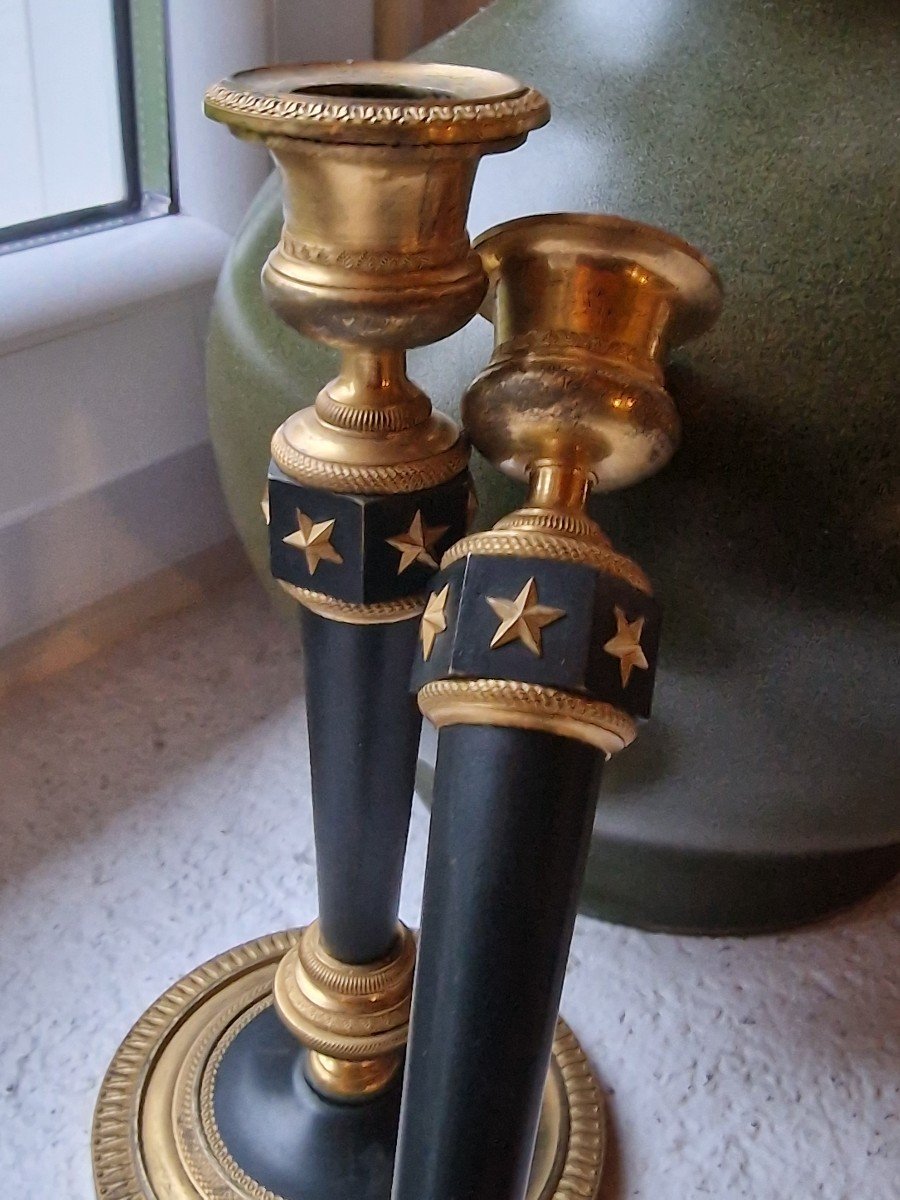


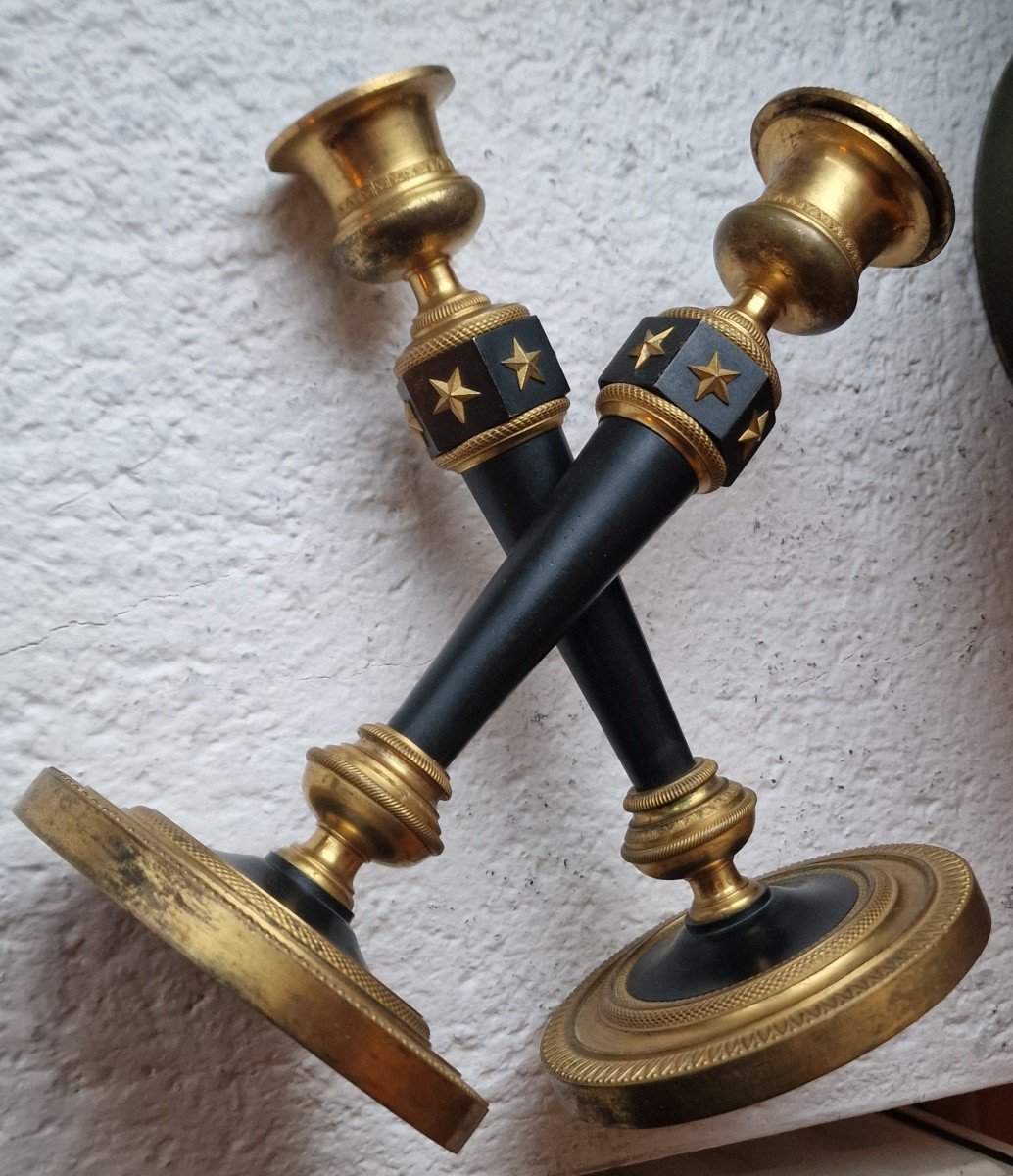


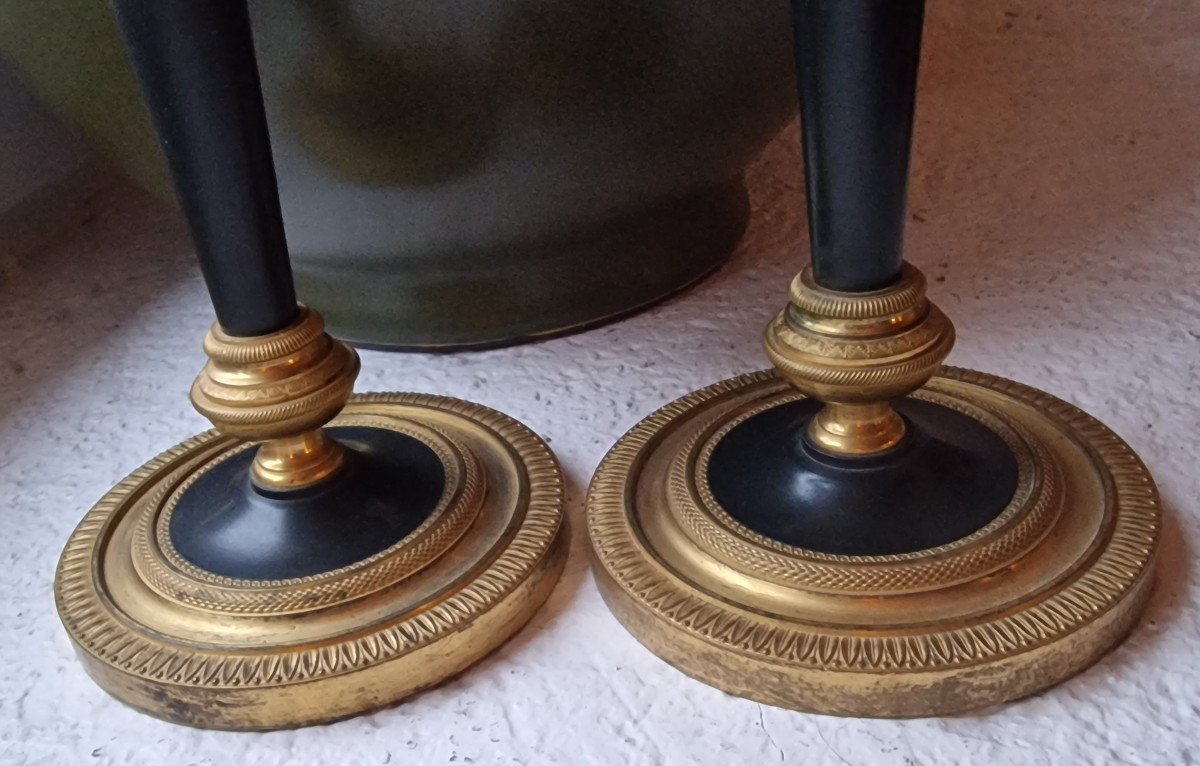
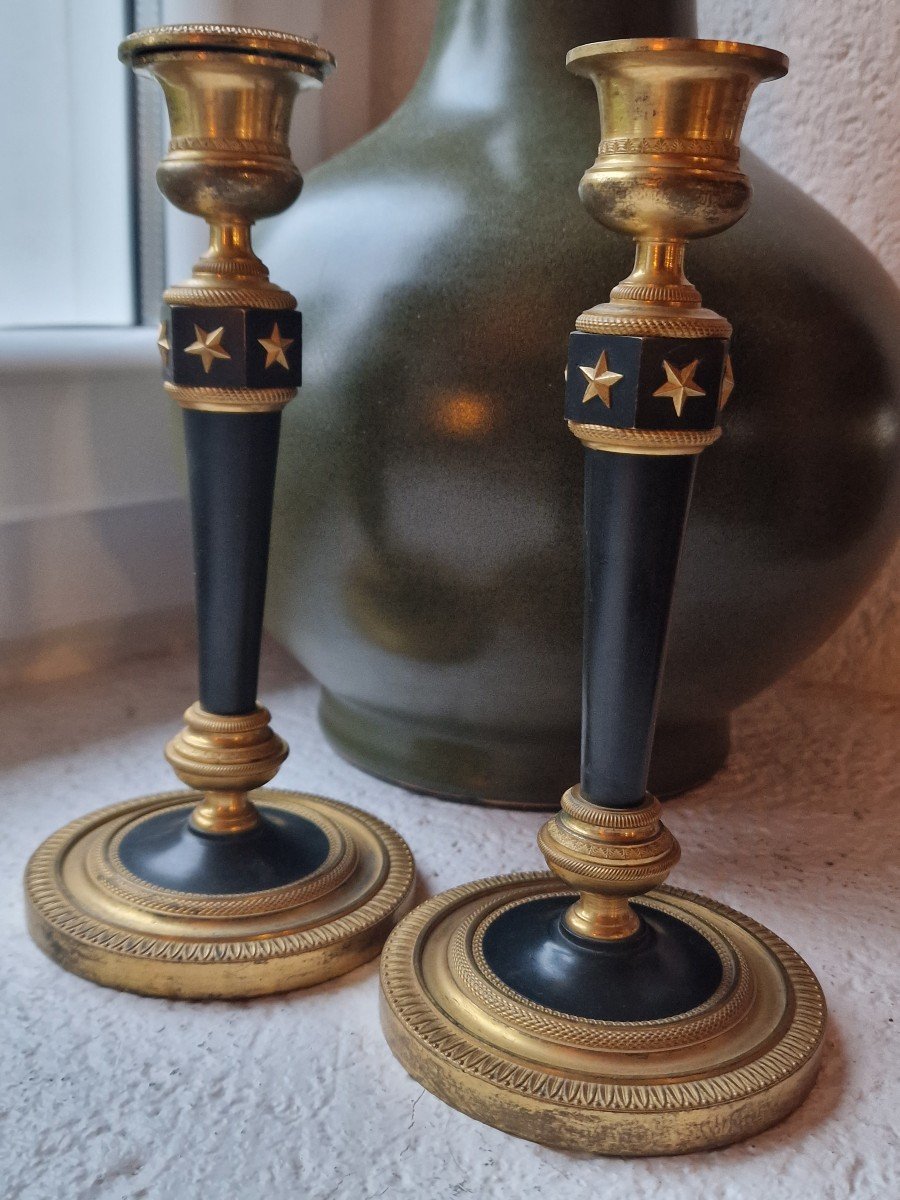
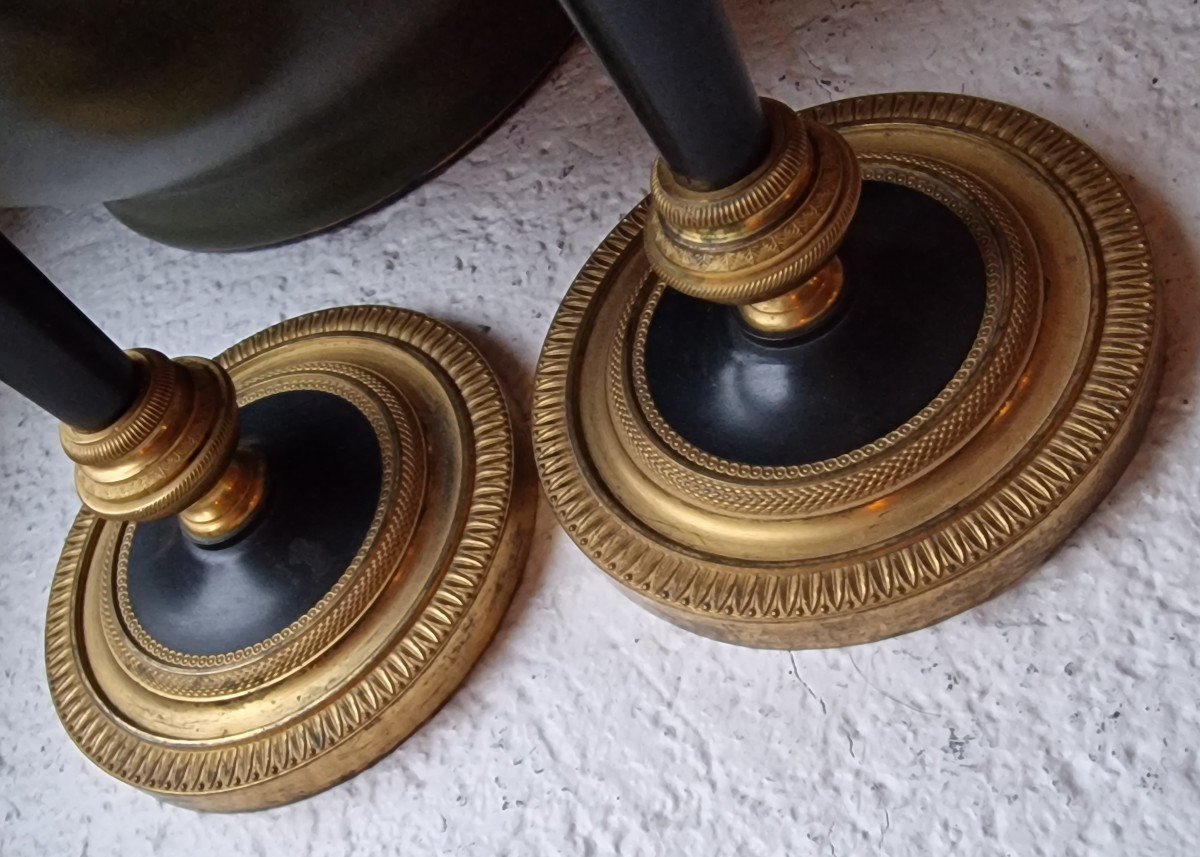
















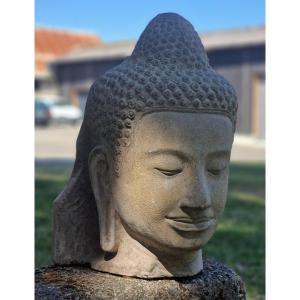
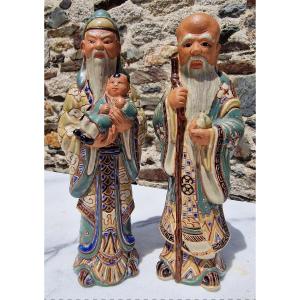
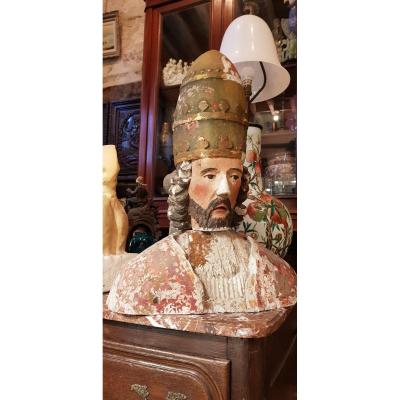


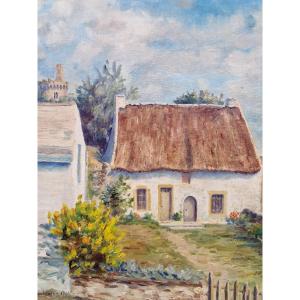

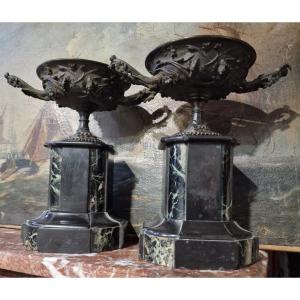








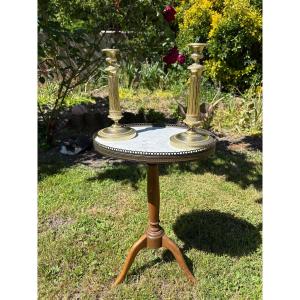

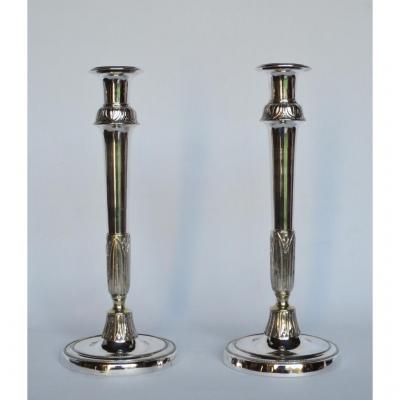



 Le Magazine de PROANTIC
Le Magazine de PROANTIC TRÉSORS Magazine
TRÉSORS Magazine Rivista Artiquariato
Rivista Artiquariato